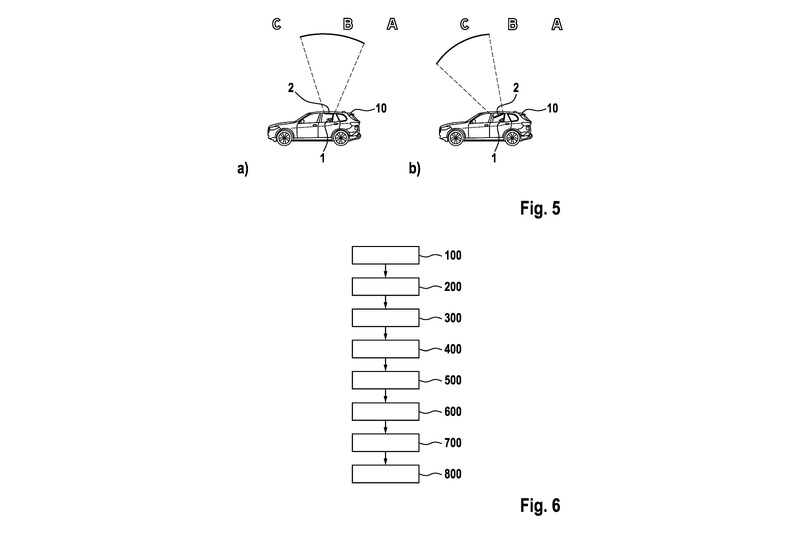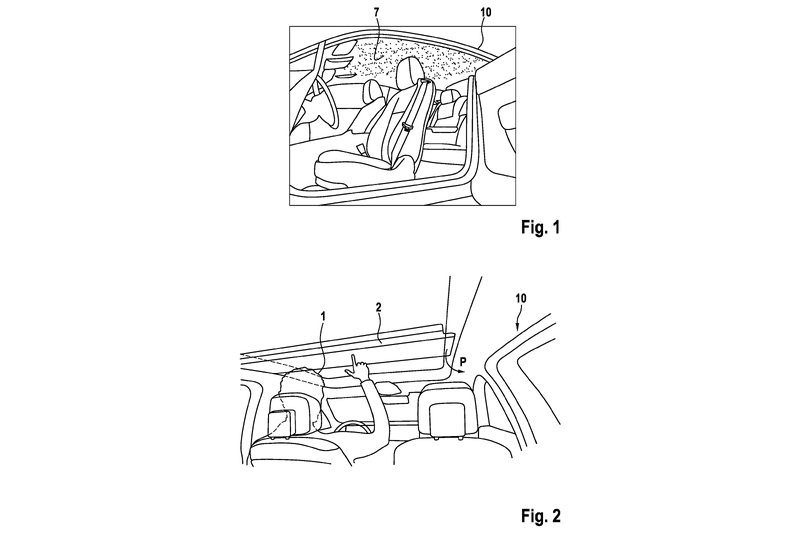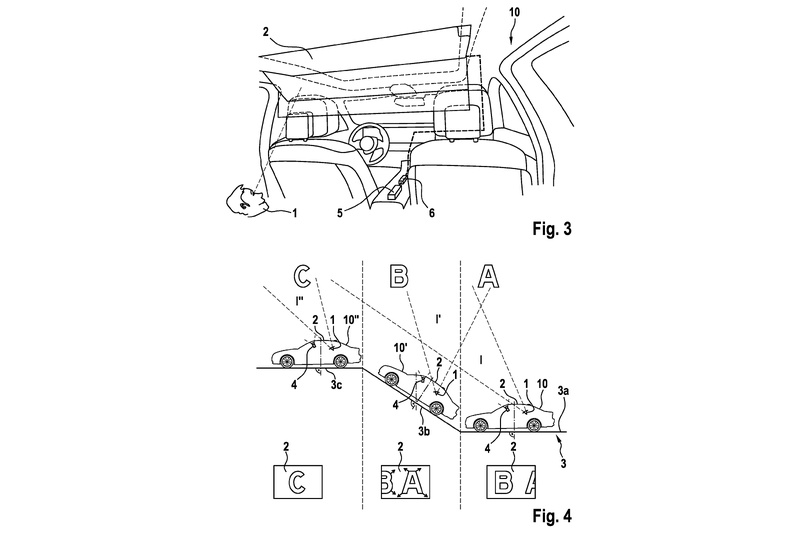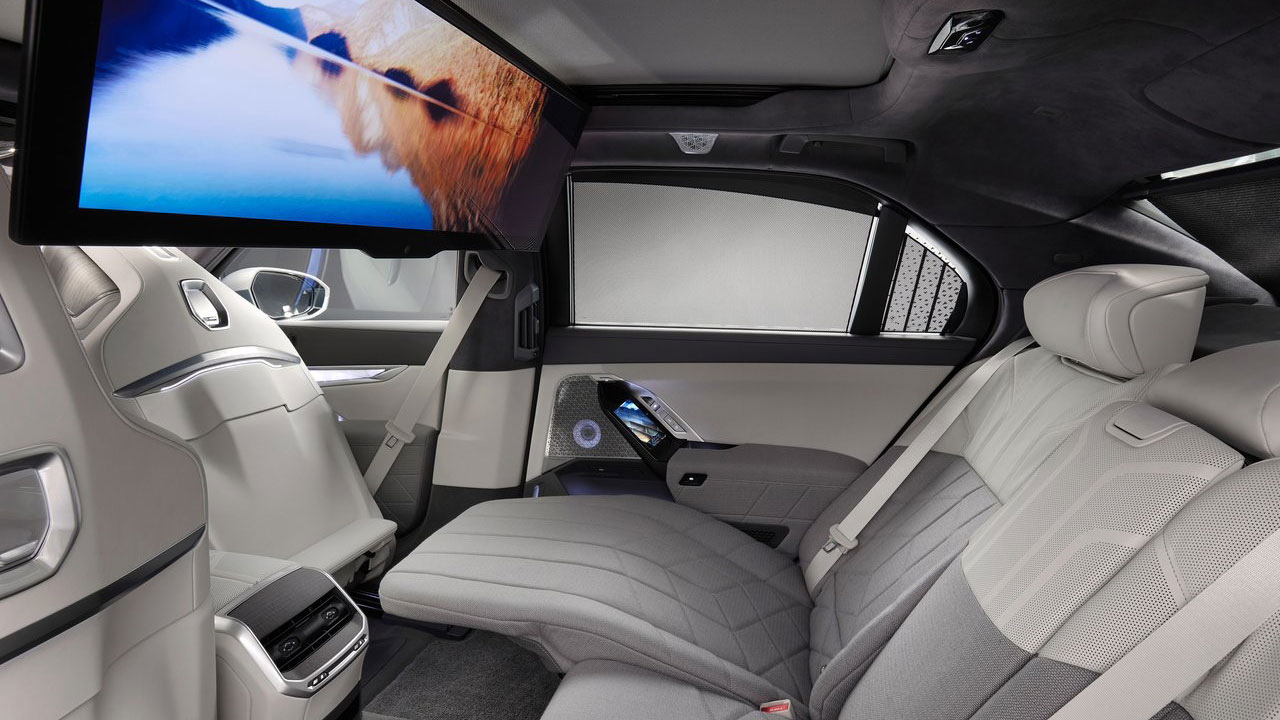Both automakers and ridesharing companies have been actively seeking solutions to combat motion sickness for quite some time. For instance, Volkswagen has explored options such as movable seats and LED strips, while Jaguar has conducted extensive research to eliminate the brain's confusion that leads to motion sickness.
While it may seem insignificant to those who haven't experienced it, as the era of self-driving cars draws nearer, motion sickness is likely to become more widespread, affecting even those who have never encountered it before. BMW is taking proactive measures.
The most straightforward solution involves a panoramic glass roof, which, when combined with window openings, effectively conveys the sensation of movement to individuals prone to motion sickness. However, in vehicles equipped with BMW's ceiling-mounted display (among other complex ceiling designs), the advantages of a glass roof diminish. BMW's proposed solution is to make the ceiling appear transparent. In cars with a folding ceiling-mounted display, this effect can be achieved by projecting images onto the existing screen or directly onto the ceiling itself.



Both options necessitate eye-tracking technology to ensure that the visual effects match the vehicle's movements. Naturally, a single display can cater to only one passenger in the rear seat. In cases where multiple passengers experience motion sickness, virtual and augmented reality technologies could fill the gap.
Implementing such a system would require various sensors. BMW notes that the ceiling-mounted display would need to compensate for the car's tilt relative to the sky, its speed and direction concerning celestial bodies like the sun, moon, and stars, as well as any aerial wildlife visible through the car's actual windows.
Cameras could capture the car's surroundings and project these images onto the ceiling-mounted screen. Additionally, BMW could utilize GPS, weather data, and astronomical information to ensure a consistently accurate display, regardless of weather conditions or lighting. Furthermore, artificial intelligence could enhance the imagery on the ceiling, creating a dynamic scene when passengers gaze at a cloudless sky.
Accelerometer and gyroscope sensors would ensure that the displayed image matches the car's movements. While this concept appears promising and feasible, its implementation may be contingent on the widespread adoption of self-driving cars, if it ever happens at all.
Source: Carbuzz

